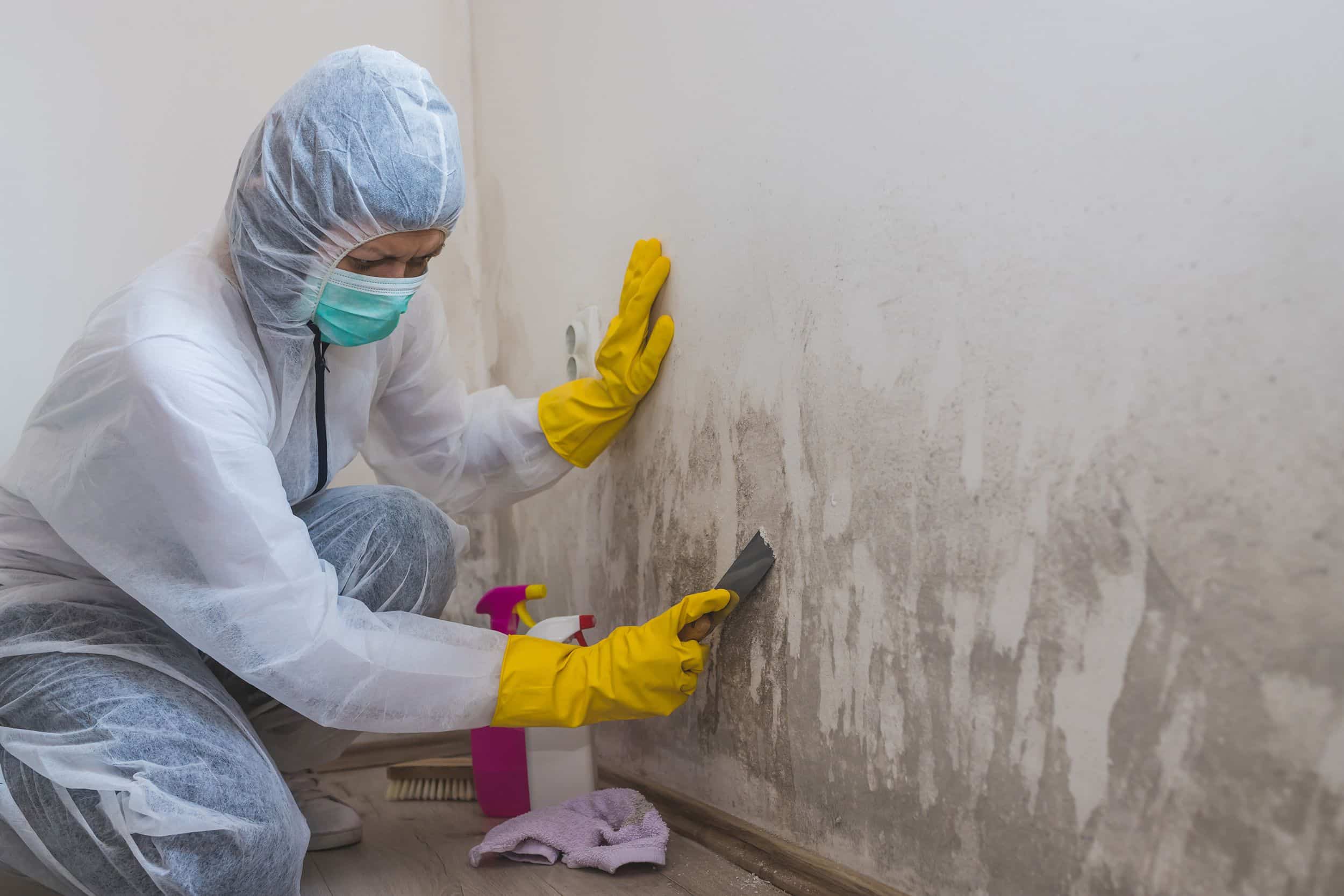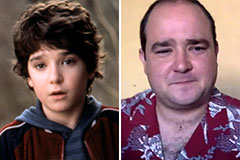Your Ultimate Guide to Message Mold And Mildew Removal Strategies
Navigating the realm of post-mold removal techniques is a thorough process that demands focus to detail and a comprehensive understanding of the details included. In the consequences of mold infestation, understanding just how to efficiently remove the mold and mildew and avoid its reoccurrence is critical for maintaining a healthy interior atmosphere. From picking the best cleansing and sanitizing approaches to carrying out strategies for long-term mold and mildew prevention, each step in the removal journey plays a critical role in guaranteeing an effective result. As we embark on this expedition of post-mold remediation strategies, we will discover the vital techniques and finest techniques that can aid you recover your room to its pre-mold condition and secure it versus future mold and mildew risks.
Understanding Post-Mold Remediation Process
After completing the mold removal procedure, it is critical to recognize the post-mold remediation strategies that are necessary to ensure a effective and detailed cleanup. Once the mold has been removed, the next action entails cleansing and sanitizing the affected locations to avoid any type of regrowth of mold and mildew.
In addition, performing a last examination post-remediation is vital to ensure that all mold and mildew has actually been successfully eliminated. If the examination reveals any kind of sticking around mold and mildew, extra removal might be essential.
Efficient Cleaning Up and Disinfecting Techniques

Preventing Future Mold And Mildew Development

Importance of Correct Ventilation
Correct air flow plays a critical duty in avoiding wetness accumulation, a key element in mold and mildew development within indoor settings. Reliable ventilation systems aid eliminate excess moisture from the air, minimizing the opportunities of mold and mildew spores finding the moisture they need to germinate and spread out. Without ample ventilation, interior areas can end up being a reproduction ground for mold, bring about possible health dangers and architectural damage.
By ensuring appropriate air blood circulation, air flow systems can likewise aid in drying moist locations faster after water damages or flooding occurrences, additionally deterring mold development. After mold remediation. In areas like restrooms, kitchens, cellars, and attic rooms where wetness degrees advice have a tendency to be greater, mounting and maintaining effective ventilation systems is crucial in protecting against mold and mildew infestations

Surveillance and Maintenance Tips
Given the critical role that correct air flow plays in stopping mold development, it is imperative to develop reliable surveillance and maintenance suggestions to make sure the continued performance of ventilation systems. Routine examinations of ventilation systems should be performed to look for any indications of clogs, leaks, or breakdowns that can impede appropriate air movement. Surveillance humidity levels within the residential or commercial property is additionally crucial, as high moisture can add to mold growth. Installing a hygrometer can help track moisture degrees and alert home owners to any spikes that might require interest. Furthermore, ensuring that air filters are frequently cleaned or replaced is crucial for keeping the efficiency of the ventilation system. Carrying out a schedule for routine maintenance jobs, such as air duct cleaning and cooling and heating system examinations, can help why not find out more avoid issues prior to they escalate. By remaining conscientious and positive to the problem of air flow systems, building owners can effectively mitigate the threat of mold and mildew regrowth and preserve a healthy and balanced interior setting.
Conclusion
In final thought, post-mold removal techniques are vital for ensuring a clean and secure environment. Comprehending the procedure, carrying out reliable cleaning and disinfecting methods, preventing future mold growth, preserving correct ventilation, and normal monitoring are all vital action in the remediation procedure. By complying with these standards, you can successfully eliminate mold and prevent its return, advertising a healthy living or working space for all owners.
In the after-effects of mold and mildew invasion, knowing just how to properly remove the mold and mildew and prevent its reoccurrence is extremely important for preserving a healthy interior setting. When the mold has actually been gotten rid of, the following action includes cleaning and sanitizing the influenced locations to protect against any type of regrowth of mold - Post Mold Remediation Report. After getting rid of visible mold development, it is vital to clean up all surfaces in the damaged area to eliminate any kind of continuing to be mold and mildew spores. To even more improve mold and mildew prevention measures, it is necessary to attend to underlying issues that at first led to mold advancement.Offered the critical function that proper air flow plays in protecting against mold development, it is important to establish effective tracking and maintenance pointers to make certain the ongoing capability of air flow systems
 Bradley Pierce Then & Now!
Bradley Pierce Then & Now! Michael Bower Then & Now!
Michael Bower Then & Now! Michael Fishman Then & Now!
Michael Fishman Then & Now! McKayla Maroney Then & Now!
McKayla Maroney Then & Now! Nicholle Tom Then & Now!
Nicholle Tom Then & Now!